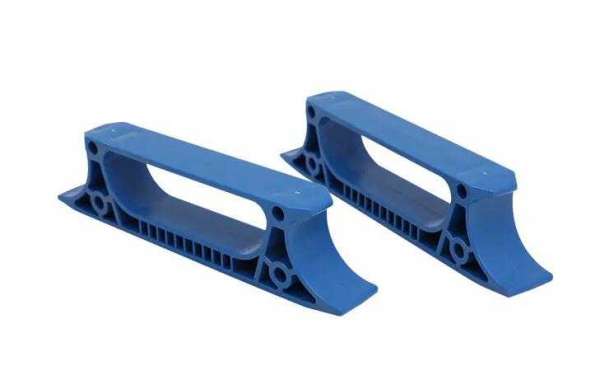Utility and energy costs make up a sizable portion of homeowners’ budgets. Remodeling projects present prime opportunities to implement energy-efficient upgrades that yield ongoing utility savings. Whether replacing old systems or designing additions, use these green remodeling strategies to reduce your home’s energy use, carbon footprint and costs.
Seal Air Leaks
One of the biggest energy drains comes from air leaks and drafts allowing heated or cooled air to escape. Locate leaks during remodeling by inspecting trim, vents, wiring holes, attic hatches and around pipes and chimneys. Caulk cracks and fill gaps to air seal the envelope. Weatherstripping doors and windows also prevents costly air transfer. Stopping uncontrolled air flow keeps comfort in and utility costs down.
Add Insulation
Proper insulation regulates interior temperatures far more efficiently by trapping heated or cooled air. During any demolition, inspect existing insulation levels and add extra padding if below code. Blown-in cellulose and spray foam insulate existing walls. Ensure attics meet R-49 rating codes. Above-grade exterior walls should get R-20 insulation. Significantly cutting conductive heat transfer makes a measurable difference on energy costs.
Upgrade HVAC Systems
Swap out aging heaters and AC units for modern high-efficiency systems sized for your home’s square footage. Look for Energy Star certified units with AFUE ratings over 90% for furnaces and SEER ratings over 16 for central air. Consider zoned systems that allow different temp settings by area. Programmable thermostats optimize heating and cooling schedules around your home’s occupied hours. Efficient HVAC equipment reduces energy demands dramatically.
Install High-Performance Windows
Energy leaks through inefficient single-pane windows. Replacement windows with insulated Low-E glass, argon gas fillings and weatherstripping offer superior insulation. Look for U-factors under 0.3 and Solar Heat Gain Coefficients under 0.25 for optimal efficiency. Triple pane windows perform even better. High-performance windows sealed properly prevent energy loss.
Add Storm Windows
If full window replacement isn’t possible, low-cost exterior storm windows create an extra insulating air/weather barrier to boost efficiency. Seasonal plastic film kits offer temporary improvements. More permanent laminated glass and polycarbonate storm windows bolted over existing windows achieve year-round energy savings. Storm windows often pay for themselves within a couple years.
Upgrade Appliances
Swap outdated appliances like dishwashers, washers, dryers, fridges and ovens for new ENERGY STAR certified models which use a fraction of the electricity. Look for units with the lowest kWh ratings available. Features like sensors and auto shut-off controls home remodeling service further limit energy use. Reward rebates often subsidize appliance upgrades. Efficient new appliances cut hundreds from annual utility bills.
Install a Programmable Thermostat
Replacing manual thermostats with programmable smart versions allows you to schedule temperatures to fluctuate based on your home’s occupied versus unoccupied hours. Units gradually warm or cool to set points right before you arrive home. Automatic temperature adjustments when away or asleep prevent wasted heating and cooling. Programmable thermostats lead to effortless energy optimization.
Incorporate Solar Power
For maximum utility savings, renewable home solar systems let you generate a portion of the electricity you use. Solar utilizes free, limitless sunlight. Panels paired with batteries store solar energy for use when needed. South facing panels optimized for your region’s sunlight exposure deliver ideal output. Tax credits and solar incentives help offset system costs. Using solar slashes electric bills.
Upgrade Water Heating System
Standard tanks waste energy reheating reserves. Tankless on-demand water heaters only heat water as needed, cuttingwaste. Some tankless models use natural gas instead of electricity. Look for energy factors over .95 for maximum efficiency. Insulate pipes to conserve hot water temperature en route to fixtures. Efficient water heating prevents energy waste.
When embarking on any home remodeling project, prioritize energy-smart upgrades that reduce your utility bills over the long term. Enhancing the envelope’s insulation, modernizing HVAC equipment, installing solar and swapping appliances cumulatively add up to thousands in annual energy savings while making your home more sustainable. Efficiency upgrades also increase home value for future sales.









